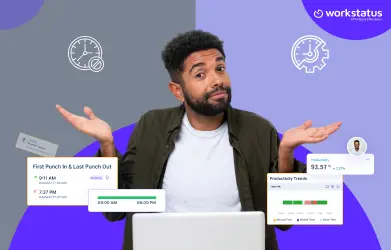Table of Contents
Introduction
Employees leaving the organization isn’t considered a good sign as it disrupts work and costs money to hire new people. Calculating the attrition rate can help a business understand how many employees quit over time and how this can be improved.
Once you know the number, you can find out why they’re leaving. Maybe the pay is low, there’s no room to grow, or the workplace culture is stressful.
After finding the reasons, you can make the following changes to improve the attrition rate. For example:
- You can increase payout, if employees are feeling being underpaid
- You can offer training, if lack of upgradation or skill enhancement is a concern
- You can improve policies, if this helps in promoting a healthy work environment.
But, to implement changes within the organization, it is important to first understand the basics of attrition rate, how it is calculated, and factors you can reduce this number.
What Is Attrition Rate?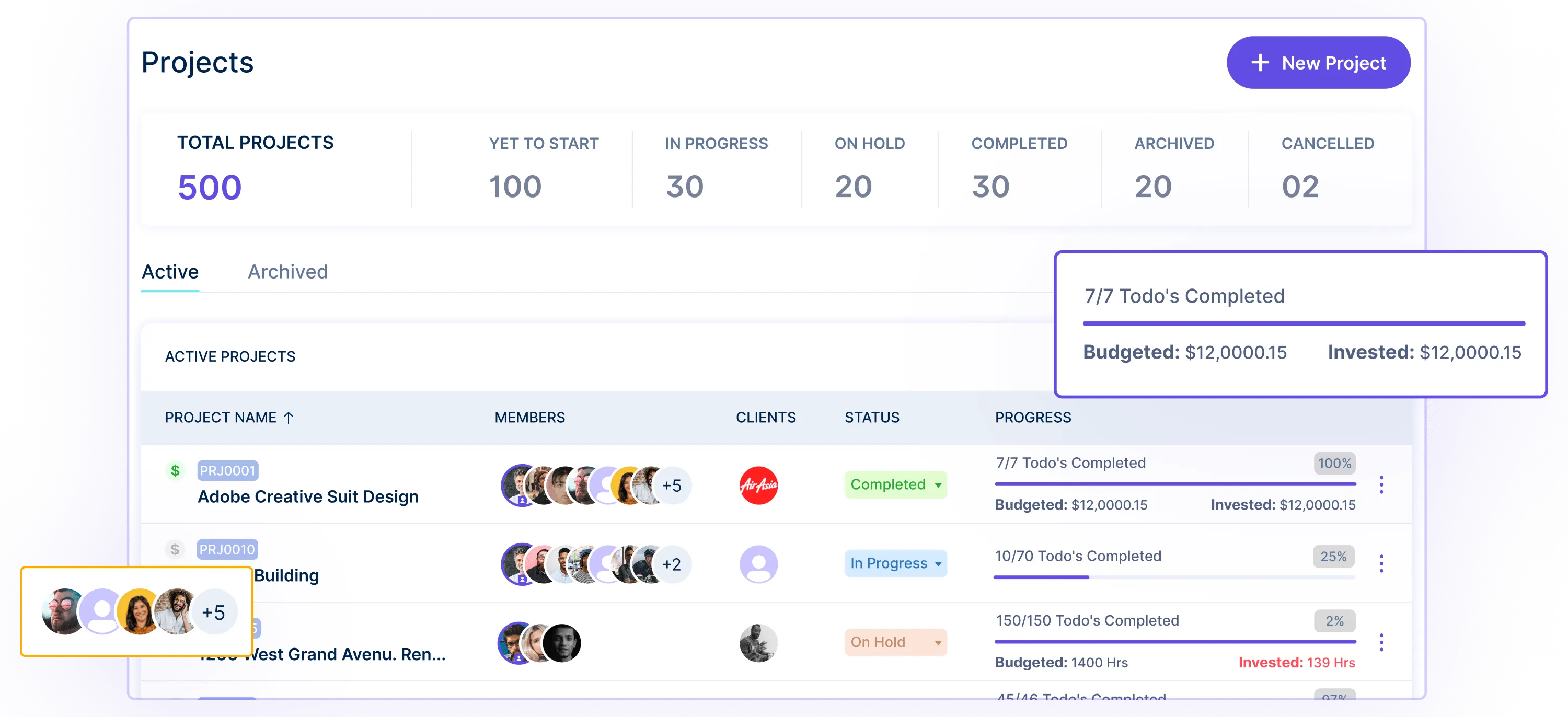
Also known as churn rate, the rate of attrition is a number that tells you how many employees leave a company, either on their own or not by choice, and are not quickly replaced.
Shown as a percentage, attrition rate is an important sign of workforce stability.
Measuring the rate of people leaving reveals workplace situations that are otherwise neglected by the management. It helps leaders evaluate whether efforts to keep people are working.
The Types Of Attrition
Employees quit for many other reasons, each having its impact. Here are some of the types of attritions:
1. Voluntary Attrition
As the name explains, voluntary attrition is when an employee leaves the organization willingly or on their own terms.
An increase in turnover can indicate other issues that need to be addressed, such as a lack of promotion avenues, proper supervisory management, organizational culture, and workload.
2. Involuntary Attrition
If a person is dismissed from his/her place of work, he/she is said to have left involuntarily.
The following reasons can lead to the involuntary attrition:
- Reorganizations
- Mergers and acquisitions
- Downsizing
- Seasonal staffing
3. Internal Attrition
It happens when an individual takes up a new position within the organization he or she was part of before the move.
Though promotions are the most encouraged cause of internal job movement, transferring to a different department could suggest problems within a specific team.
Attrition vs. Turnover
Attrition and Turnover are often used interchangeably, but there is a significant difference between them.
Read the infographics below to learn the detailed comparison between attrition and turnover.
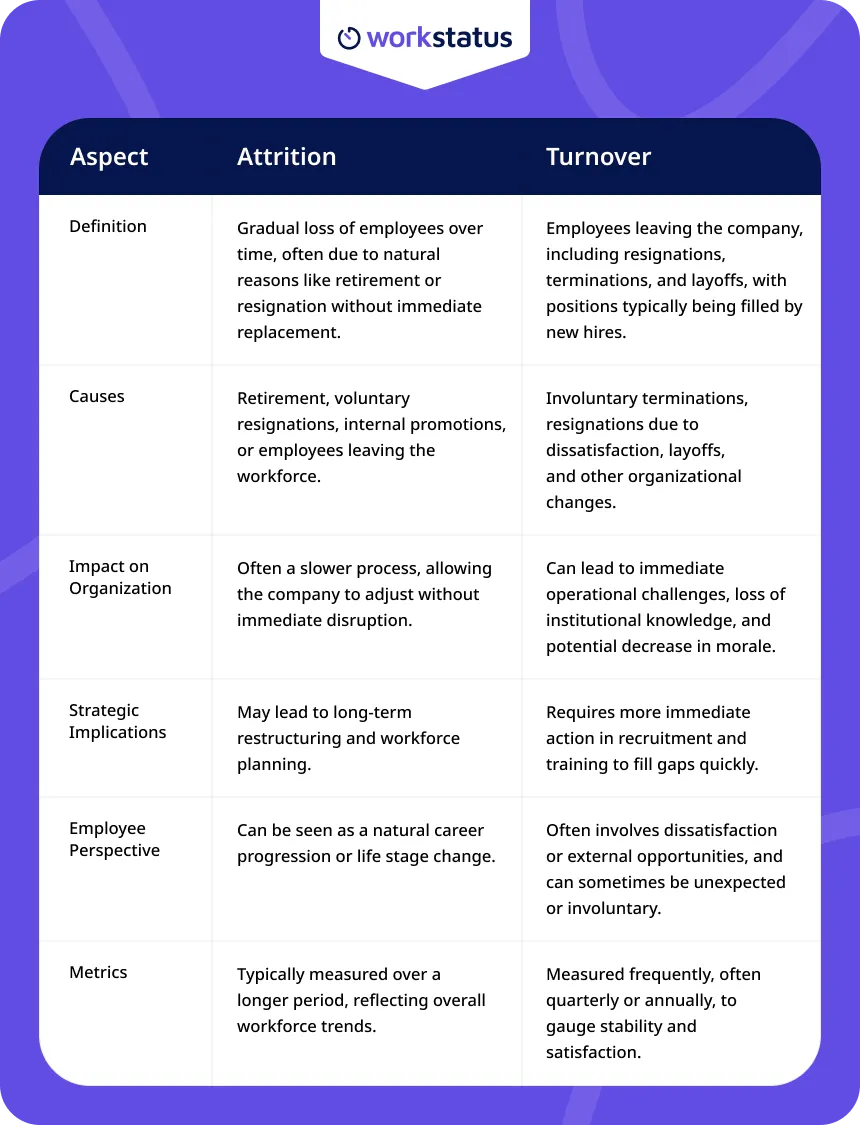
Importance of Tracking Attrition Rate
Unlike the rate of employees leaving and being replaced right away, the rate of people leaving counts as a permanent loss of employees.
It includes positions that are removed or remain open for long periods. While it’s possible to have a high rate of employees leaving and being replaced and still see company growth, a consistently high rate of people leaving means the business is shrinking.
An unusually high rate of employee departure is also a reason for human resources to evaluate the company culture, employee experience, and payout structures.
Losing talented staff, especially when struggling to find replacements, means you won’t operate as efficiently.
The longer a position is open, the bigger the impact on productivity, morale, and engagement.
This is where a tool like Workstatus can help.
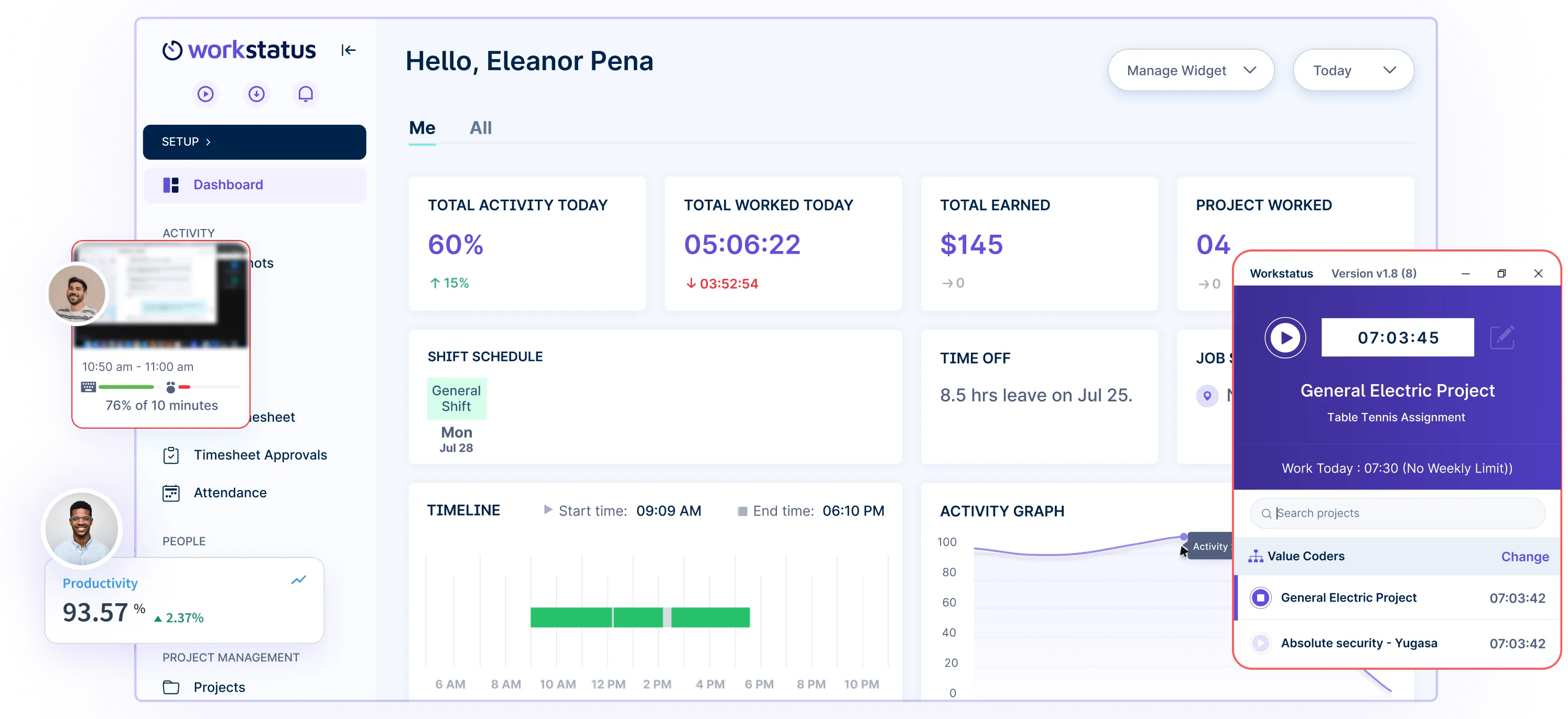
Workstatus lets you easily track time and productivity for your team, even if you have open positions. It can help mitigate the productivity hit while you search for the right replacements.
This can also help offset the need to rush into hiring replacements, allowing you to properly vet candidates instead of filling roles quickly.
Calculating Attrition Rate
Accurately measuring the rate of people leaving is essential to understanding the extent of problems.
Regularly measure your overall rate of people leaving and voluntary and involuntary rates to get the most meaningful insights.
You can calculate the rate of people leaving by following these steps:
Step 1. First, decide what time you’d like to evaluate. Calculating rates of people leaving is usually done monthly, quarterly, or annually.
Step 2. Find out the number of employees that were in the organization during the start of the tenure.
Step 3. Find the number of effective employees by subtracting the number of employees who left and adding the number who were hired.
Step 4. Add your starting and ending numbers. Then, divide by two to find the average number of employees.
Step 5. Divide the number of employees (average) by the number of employees who left. Then multiply by 100.
Understanding Attrition Rate Formula
Here is the simple formula to calculate the attrition rate:
Attrition rate = (Number of employees who left / Average number of employees) x 100
For example: If 60 employees left during the year, and your average number of employees for the year was 550, your calculation would be:
(60/550)x100=0.10909×100=10.09% attrition rate
Therefore, the attrition rate for this organization is 10.09%
Here is one more example for you.
Let’s say an organization had 400 employees at the beginning and 420 employees at the end of the year. During that year, 20 employees left the company (10 voluntary and 10 involuntary departures).
To calculate the attrition rate for the year, we would:
Determine the average number of employees
(400+420)/2= 410
Apply the attrition rate formula
(20/410)x100= 4.87%
The attrition rate is 4.87%.
Track And Reduce Attrition Rate With Workstatus
Keeping your best employees is important for the success of any organization. A high rate of people leaving can hurt productivity, morale, and profitability.
Workstatus is a powerful tool that can help you track and reduce employee attrition by improving engagement, monitoring workloads, and providing insights into your team’s performance.
1. Cost Analysis
See exactly how much time and money is spent on clients, projects, and tasks.
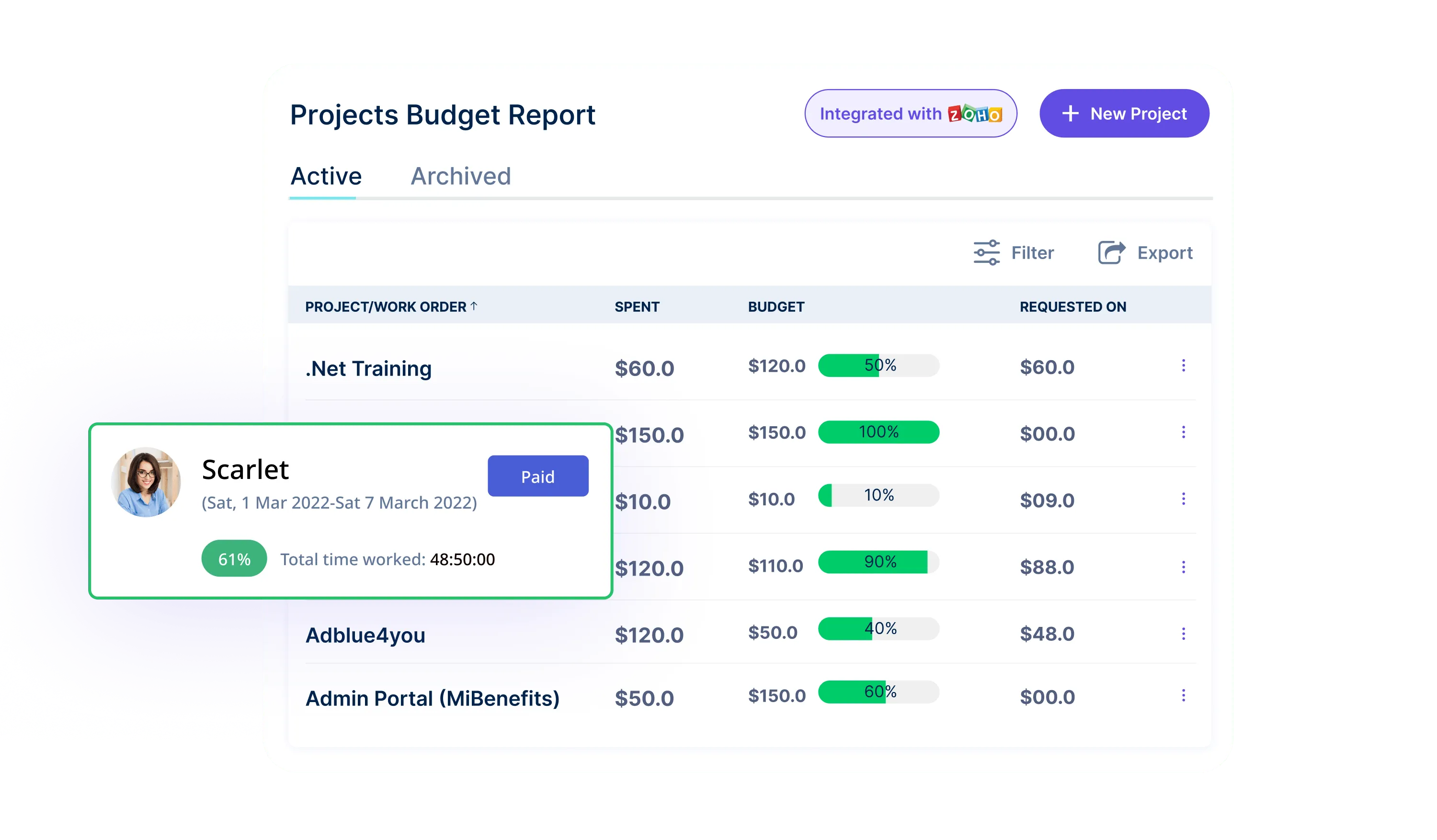
This insight helps optimize resources and workloads to avoid burnout that drives attrition.
2. Simple Scheduling
With automated scheduling tools, you can easily assign shifts, approve time off requests, and manage availability.
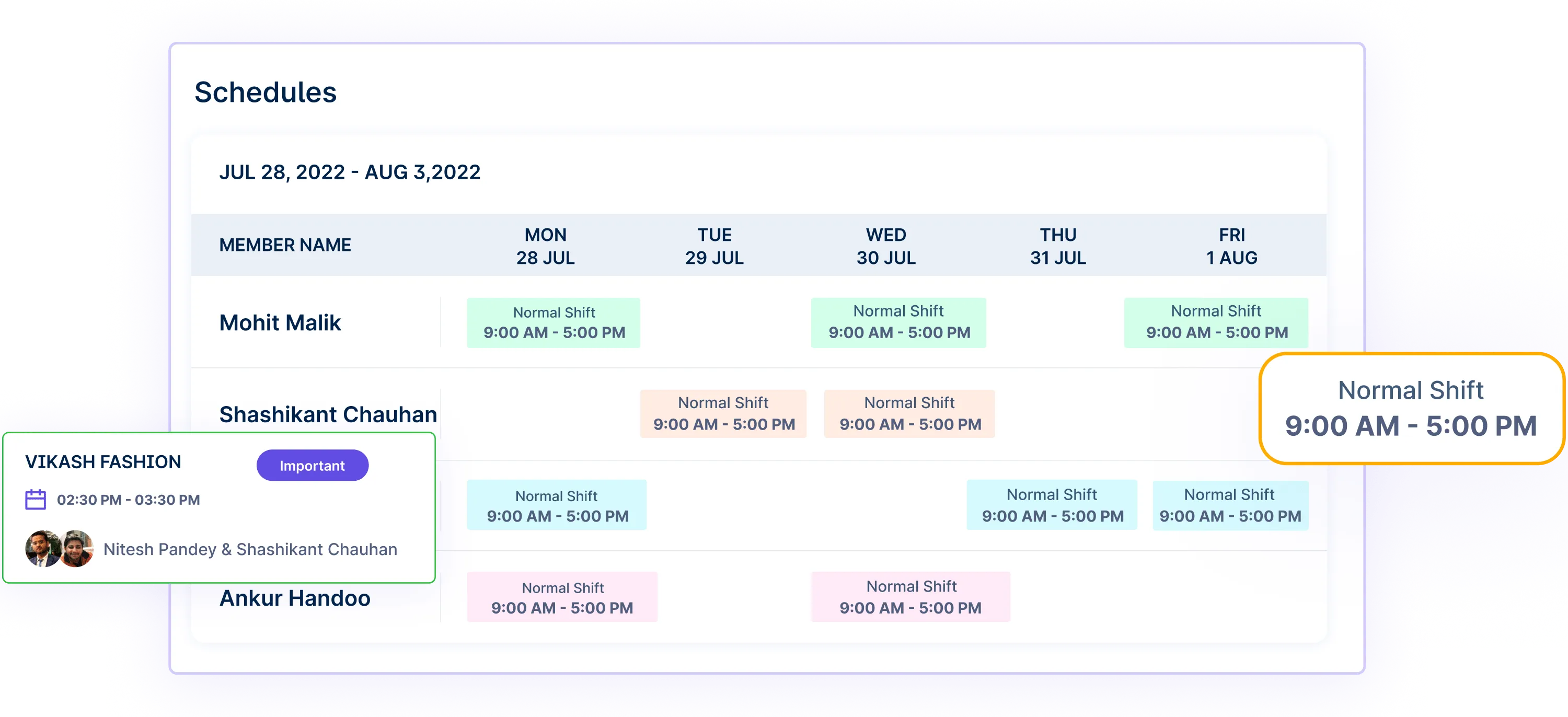
Proper scheduling prevents overwork and underwork situations that frustrate employees.
3. Performance Reports
Get detailed reports on the following key areas:
- Employee productivity
- Time spent on tasks
- Project progress
These insights can help you identify top performers and provide them with recognition and growth opportunities, increasing their engagement and reducing the likelihood of them seeking employment elsewhere.
4. Project Management
Agile project management with Workstatus helps you organize tasks, set deadlines, and assign responsibilities.
This level of organization and clarity can improve job satisfaction and reduce frustration, contributing to higher retention rates.
Top 3 Reasons For High Attrition Rates
People quitting and companies reorganizing are a normal part of changes in the workforce.
But how do you explain events like the Great Resignation, when over 47 million Americans unexpectedly exited their jobs? Why would people leave a seemingly good workplace without warning? And what does a lot of people leaving say about your company?
High rates of people leaving are usually a sign of major problems. Some of the major reasons include:
1. No Remote Work Opportunities
Requirements for employees to return to the office are also causing disagreements in many workplaces.
While many companies want employees in the office at least two or three days a week, half want to come in only once, and 34% prefer working fully remotely.
2. Employee Burnout and Stress
A stressful workplace is a common cause of high rates of people leaving.
One recent report shows six out of ten workers have recently quit their jobs or are considering quitting, and 54% said the reason was a poor balance between work and life and too much stress.
This usually happens when workloads are not balanced fairly, causing high performers to carry too much work.
3. Low Salary
Pay has a big impact on the rate of people leaving.
The following factors impact people’s decisions to stay or leave:
- Adjustments for the cost of living
- Rewards based on performance
- Bonus
And once they’re gone, the cost of recruiting, hiring, training, and onboarding adds up quickly — not to mention the additional work your current employees will take on while you search for a replacement.
Strategies To Reduce Attrition Rate
Here are some important strategies to reduce the employee attrition rate:
1. Improve the employee experience
A disengaged team is more likely to have higher rates of people leaving.
Investing in the employee experience and things like career development programs, mentorship opportunities, and regular ways to give feedback will create a sense of loyalty and commitment.
2. Make keeping employees a priority
Policies for keeping employees play a big role in preventing people from leaving.
Consider strategies like competitive pay packages, flexible work arrangements, and a supportive workplace culture that values employee well-being.
Regular check-ins and opportunities for career growth also show a commitment to helping employees thrive.
3. Monitor performance and productivity
Lower the rate of people leaving by regularly checking workforce measurements.
For example, look at insights based on location to see if your hybrid or remote work policy positively influences productivity.
Or assess workloads to help struggling employees.
Evaluating a full range of performance and productivity reports is one of the best ways to find and fix issues before they lead to high rates of people leaving.
4. Leave the door open
These days, it’s rare for someone to stay at the same company for their entire career — and many who resign will later be open to returning.
Conducting positive exit interviews will help you ensure everyone leaves on good terms.
Closing Thoughts
Tracking the attrition rate is essential to know about your company’s health. By regularly calculating this number using the simple formula, you can spot issues early.
Once you identify the causes driving resignations, take action to improve engagement, compensation, work-life balance, and career growth opportunities.
An open-door policy and positive culture will also help reduce people leaving while keeping past employees as ambassadors.
With the right strategies, you can get ahead of attrition and retain your best talent.
FAQs
Ques: How can Workstatus help reduce employee attrition?
Ans: Workstatus provides tools to monitor productivity, workloads, and engagement levels. This visibility allows you to proactively address issues before they lead to resignations. Features like time tracking, activity rates, and feedback surveys give insights into your team’s experience.
Ques: What kind of reporting does Workstatus provide to understand attrition drivers?
Ans: Workstatus generates detailed reports on productivity metrics, time use, project progress, and more. These insights illuminate potential attrition risks like overwork, unfair workloads, or lack of growth opportunities.
Ques: Can Workstatus help improve the employee experience to boost retention?
Ans: Absolutely. Features like simple scheduling, automated payroll, and easy feedback channels make employees feel valued and heard. The app also promotes better work-life balance by highlighting workload issues.



